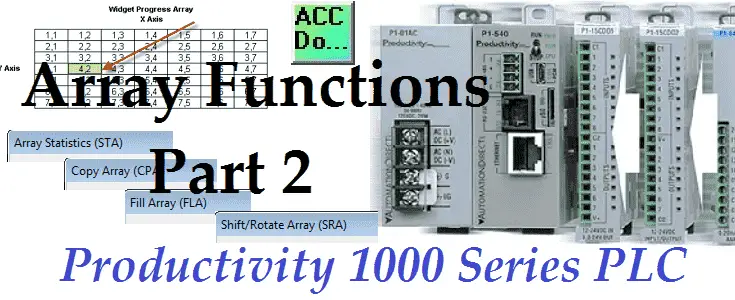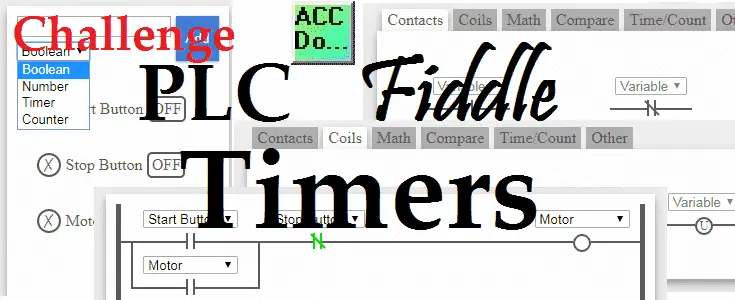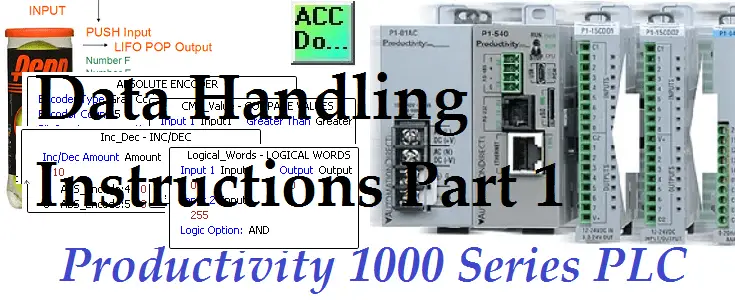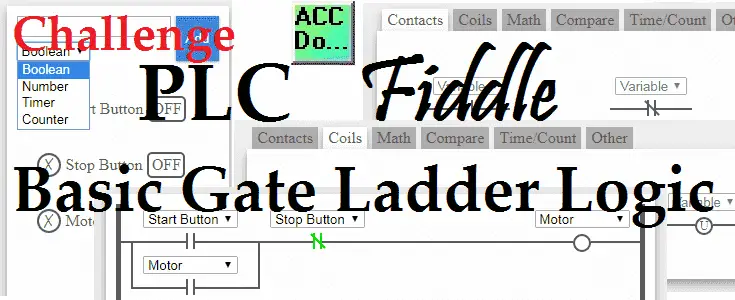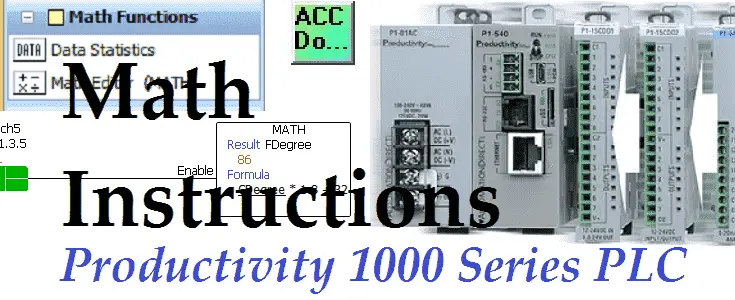PLC Fiddle Math Challenge Examples
PLC programming will often involve math equations that need to be solved. Every manufacturer of programmable logic controllers will include math logic for you to use in your programs. Numbering systems play an important role. You can usually perform math using BCD (Binary Coded Decimal), Binary or Floating Point. Here is a link that will … Read more


